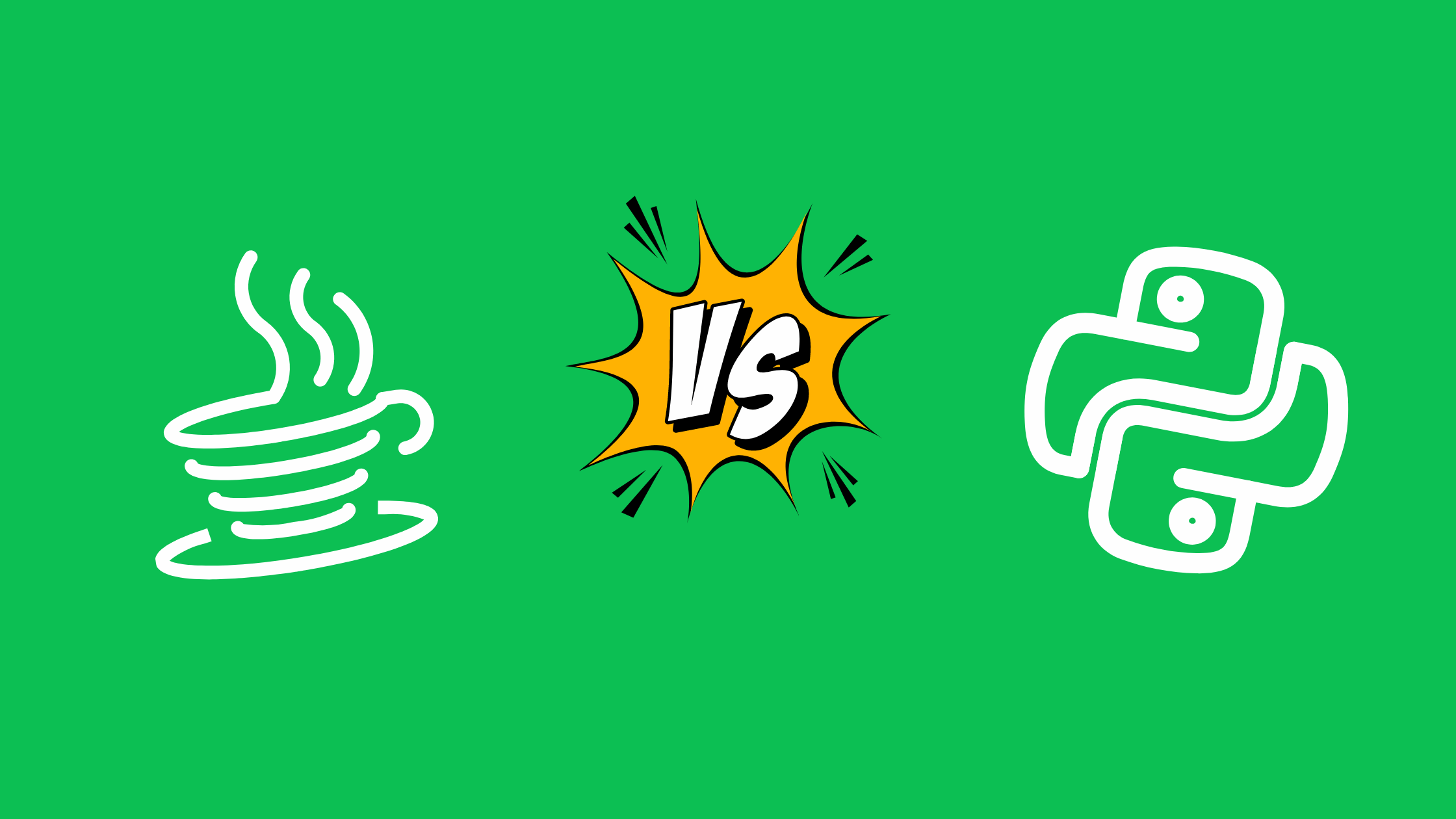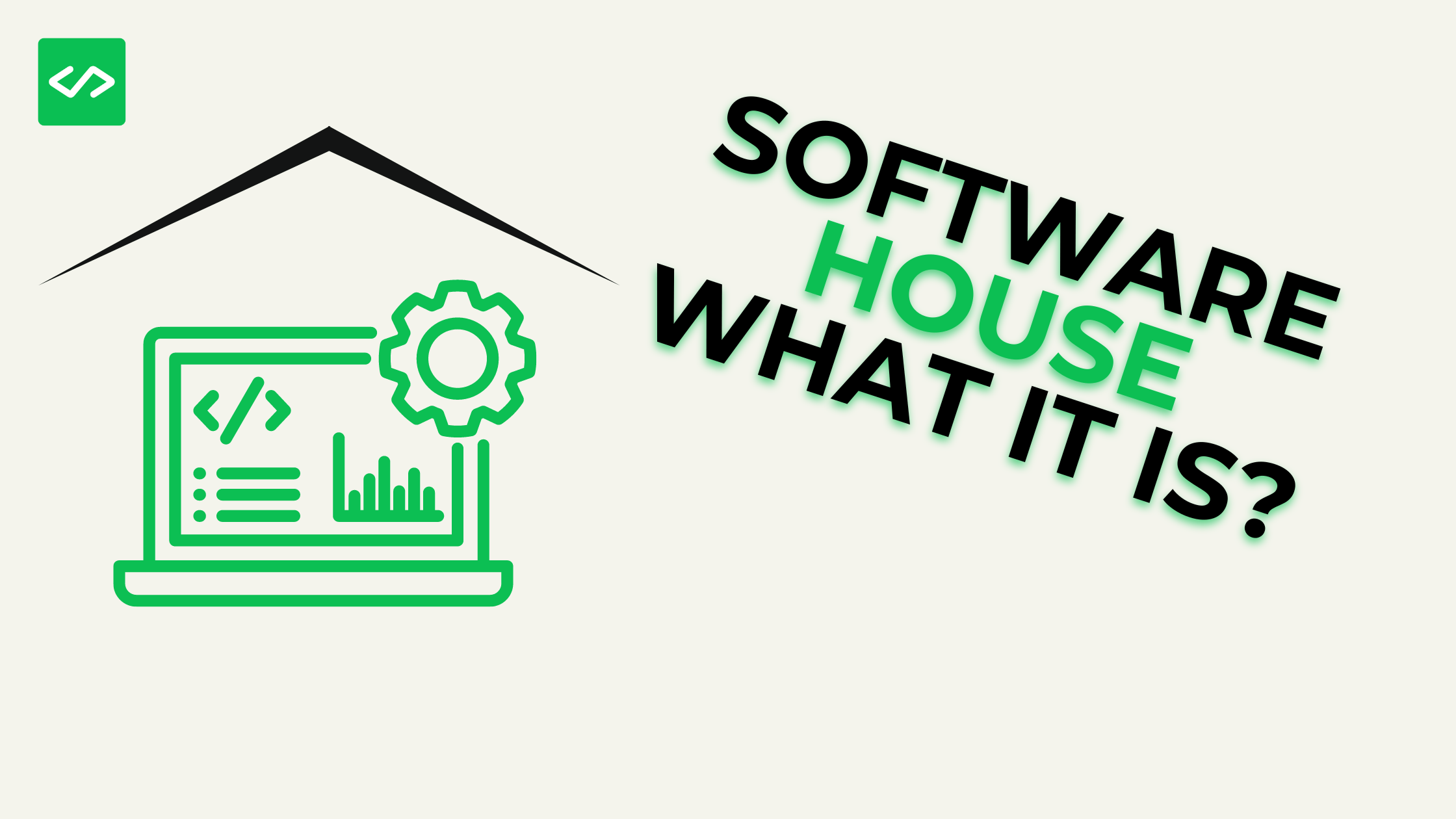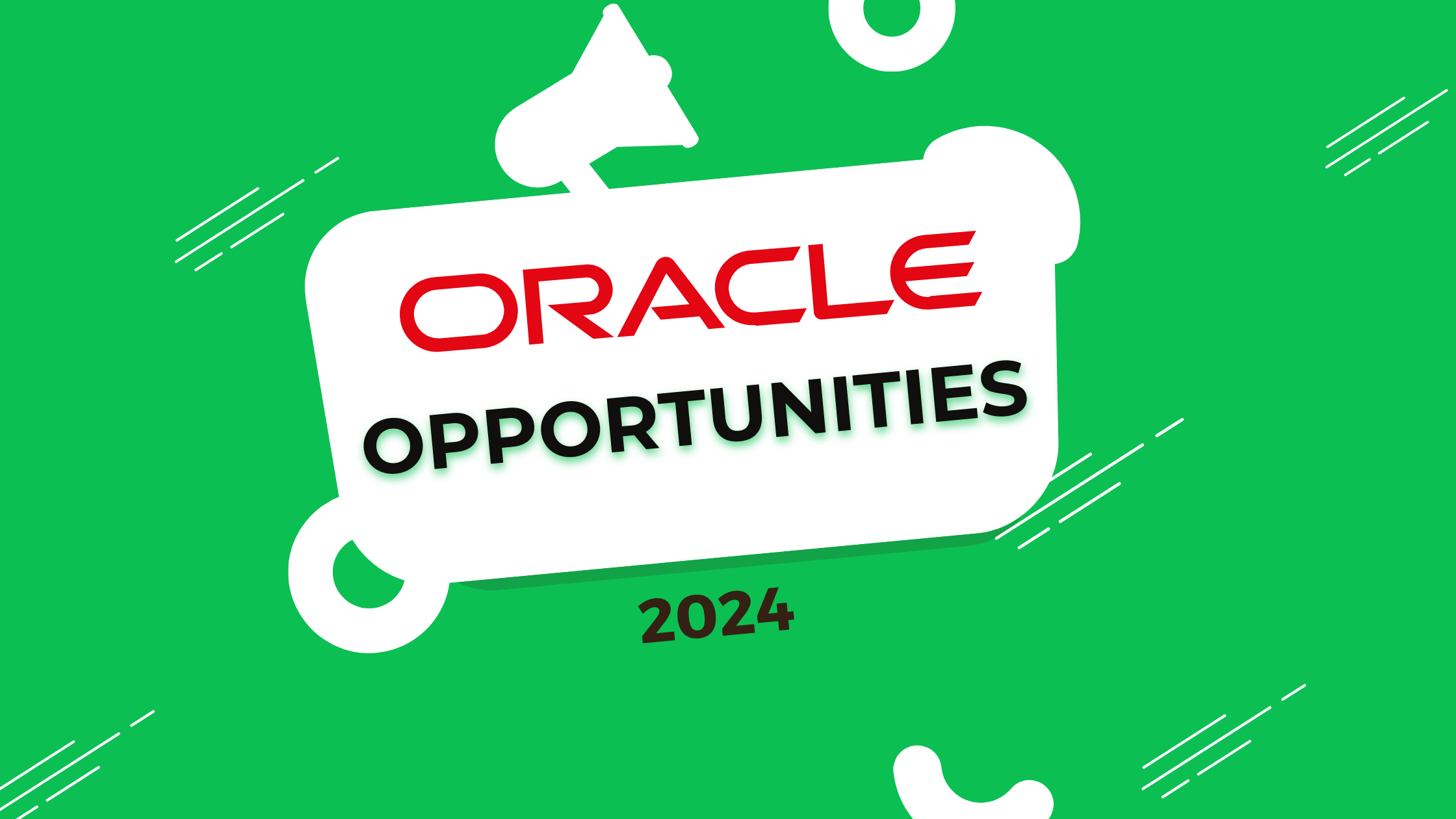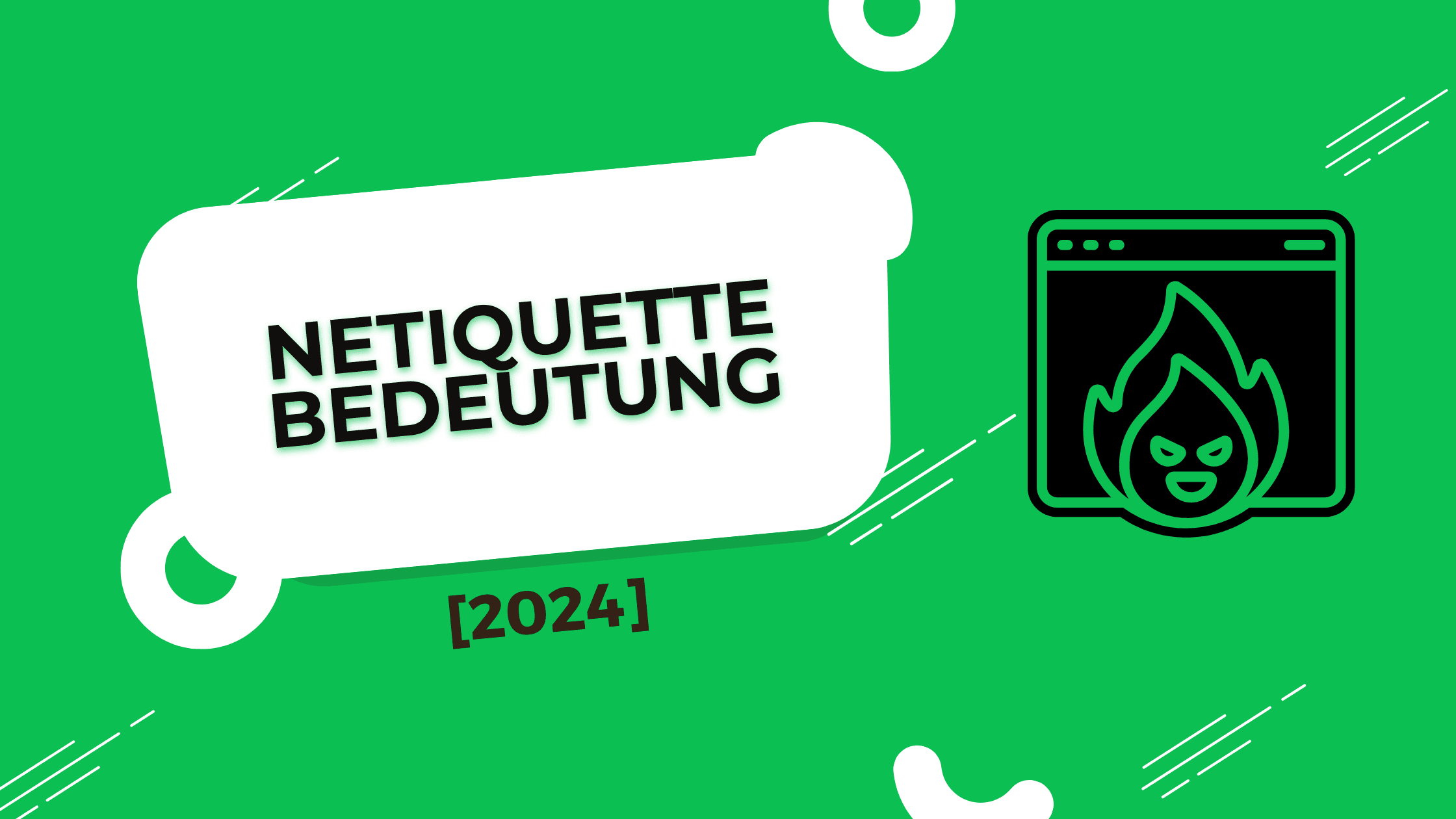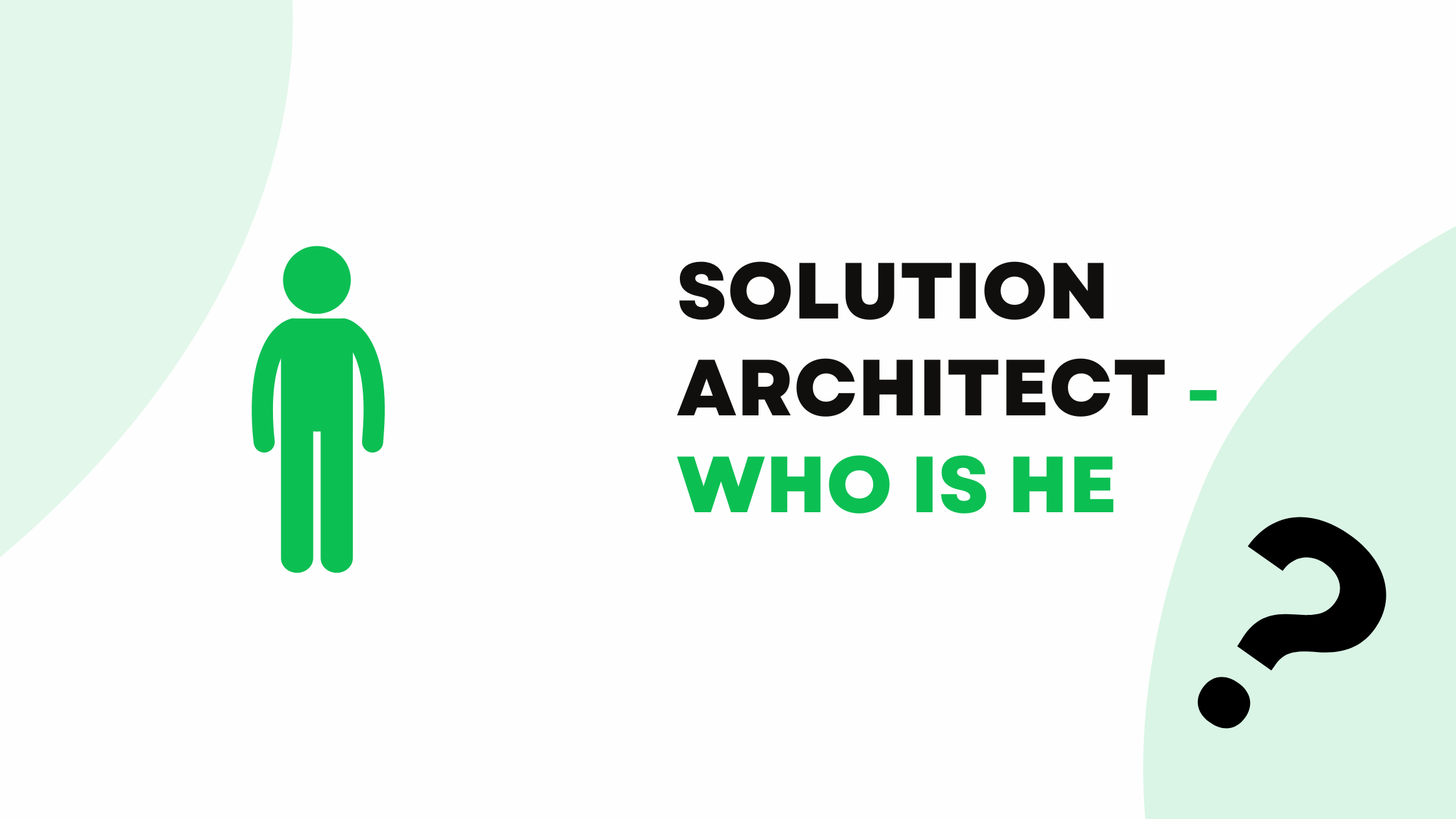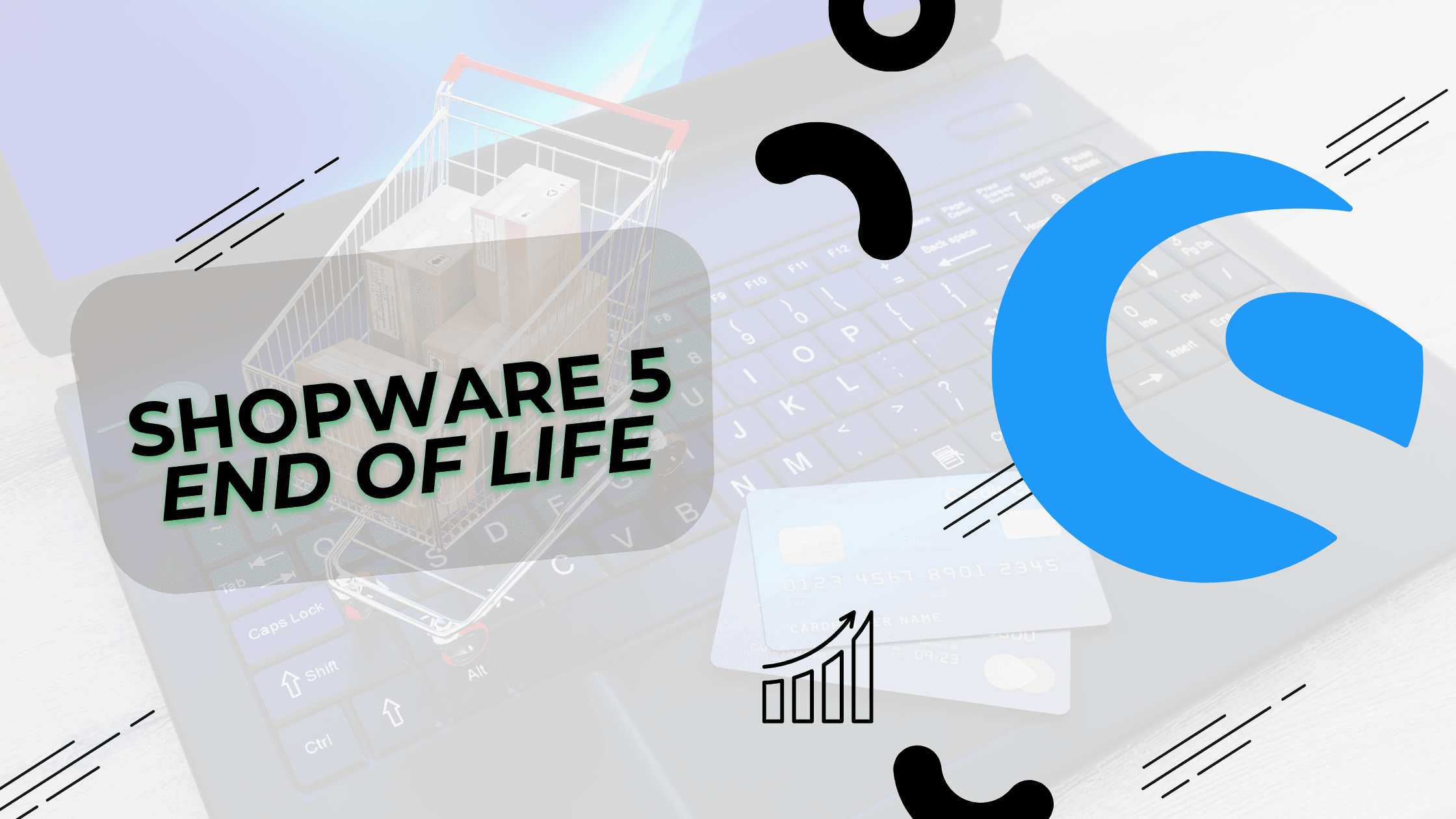Python vs Java [2024]: Kompleksowe porównanie
W stale ewoluującym krajobrazie tworzenia oprogramowania wybór odpowiedniego języka programowania ma kluczowe znaczenie. Dwa najpopularniejsze i najbardziej wszechstronne języki, które często stają ze sobą w szranki, to Java i Python. Wkraczając w rok 2024, zanurzmy się głęboko w porównanie tych dwóch potężnych języków, badając ich mocne i słabe strony oraz idealne przypadki użycia.
Wprowadzenie do Java i Python
Przegląd Java
Java, opracowana przez Sun Microsystems w 1995 roku, jest wszechstronnym, zorientowanym obiektowo językiem programowania znanym z zasady "napisz raz, uruchom wszędzie" (WORA). Jest to skompilowany język, który działa na wirtualnej maszynie Java (JVM), dzięki czemu jest niezależny od platformy.
Więcej informacji na temat języka Java można znaleźć na stronie oficjalna strona Java.
Wprowadzenie do Pythona
Python, stworzony przez Guido van Rossuma i wydany po raz pierwszy w 1991 roku, jest interpretowanym językiem programowania wysokiego poziomu, znanym ze swojej prostoty i czytelności. Jest często chwalony za elegancką składnię i potężne biblioteki.
Aby dowiedzieć się więcej o Pythonie, sprawdź stronę Oficjalna strona Pythona.
Python vs Java: Kluczowe różnice
Składnia i czytelność kodu
Jedną z najważniejszych różnic między Pythonem a Javą jest ich składnia. Python słynie z czystego, czytelnego kodu, który często wymaga mniej linii do wykonania tego samego zadania w porównaniu do Javy.
Przykład kodu w języku Python:
def pozdrowienie(nazwa): druk(f "Hello, {nazwa}!") pozdrowienie("Świat")Przykład kodu Java:
publiczny klasa Pozdrowienia { publiczny statyczny nieważny pozdrowienie(String nazwa) { System.na zewnątrz.println("Witaj," + nazwa + "!"); } publiczny statyczny nieważny główny(String[] argumenty) { pozdrowienie("Świat"); } }Jak widać, składnia Pythona jest bardziej zwięzła i bliższa językowi naturalnemu, co często ułatwia naukę początkującym.
Skompilowane vs zinterpretowane
Java jest językiem kompilowanym, co oznacza, że kod źródłowy jest kompilowany do kodu maszynowego przed jego uruchomieniem. Ten skompilowany kod może być następnie wykonywany na dowolnej platformie posiadającej wirtualną maszynę Java.
Z drugiej strony Python jest językiem interpretowanym. Kod jest wykonywany wiersz po wierszu w czasie wykonywania, co może sprawić, że będzie wolniejszy niż języki kompilowane, takie jak Java, ale oferuje większą elastyczność i łatwiejsze debugowanie.
Typowanie statyczne a dynamiczne
Java jest statycznie typowana, co oznacza, że typy zmiennych muszą być zadeklarowane i są sprawdzane w czasie kompilacji. Może to pomóc we wczesnym wychwytywaniu błędów, ale wymaga bardziej szczegółowego kodu.
Python jest dynamicznie typowany, dzięki czemu zmienne mogą zmieniać typy w czasie wykonywania. Ta elastyczność może przyspieszyć rozwój, ale może prowadzić do błędów związanych z typami, które pojawiają się dopiero podczas wykonywania.
Wydajność: Java vs Python
Jeśli chodzi o wydajność, Java jest generalnie szybsza niż Python, zwłaszcza w przypadku zadań wymagających dużej mocy obliczeniowej. Wynika to przede wszystkim z kompilowanego charakteru Javy i optymalizacji wykonywanych przez maszynę JVM.
Jednak wydajność Pythona znacznie się poprawiła na przestrzeni lat, a dla wielu aplikacji różnica może być niezauważalna. Co więcej, rozbudowane biblioteki i frameworki Pythona mogą często zrekompensować jego wolniejszą surową wydajność w określonych domenach.
Przypadki użycia: Kiedy używać Java lub Python
Java: Idealne aplikacje
Java jest szeroko stosowana w:
- Aplikacje klasy korporacyjnej
- Tworzenie aplikacji na Androida
- Aplikacje internetowe na dużą skalę
- Aplikacje usług finansowych
- Technologie Big Data (np. Hadoop)
Popularne zastosowania Pythona
Python wyróżnia się pod tym względem:
- Nauka o danych i uczenie maszynowe
- Tworzenie stron internetowych (z wykorzystaniem frameworków takich jak Django i Flask)
- Tworzenie skryptów i automatyzacja
- Obliczenia naukowe
- Sztuczna inteligencja i przetwarzanie języka naturalnego
Krzywa uczenia się: Python vs Java
Dla początkujących Python jest często uważany za łatwiejszy do nauczenia ze względu na prostą składnię i nacisk na czytelność kodu. Jego filozofia "baterie w zestawie" oznacza, że jest dostarczany z bogatą biblioteką standardową, zmniejszając potrzebę zewnętrznych zależności na początku.
Java, choć bardziej rozwlekła, oferuje ustrukturyzowane podejście do programowania, które może być korzystne dla zrozumienia podstawowych pojęć. Jego ścisły system typowania może pomóc programistom w pisaniu bardziej niezawodnego kodu, ale może stanowić bardziej stromą krzywą uczenia się dla nowicjuszy.
Społeczność i ekosystem
Zarówno Python, jak i Java mogą pochwalić się rozległymi i aktywnymi społecznościami, co oznacza mnóstwo zasobów, bibliotek i frameworków dla programistów.
Menedżer pakietów Pythona, pip, oraz indeks pakietów Pythona (PyPI) ułatwiają znajdowanie i instalowanie bibliotek innych firm. Popularność tego języka w nauce o danych doprowadziła do powstania potężnych bibliotek, takich jak NumPy, Pandas i TensorFlow.
Ekosystem Javy jest równie solidny, z narzędziami takimi jak Maven i Gradle do zarządzania zależnościami oraz szeroką gamą frameworków na poziomie korporacyjnym, takich jak Spring i Hibernate.
Rynek pracy i perspektywy kariery
Zarówno programiści Java, jak i Python są bardzo poszukiwani. Java od dawna jest podstawą w środowiskach korporacyjnych, podczas gdy popularność Pythona w rozwijających się dziedzinach, takich jak nauka o danych i uczenie maszynowe, spowodowała wzrost liczby ofert pracy.
Według różnych analiz rynku pracy, programiści Java często otrzymują nieco wyższe wynagrodzenia, ale programiści Python odnotowują szybki wzrost liczby ofert pracy, zwłaszcza na stanowiskach związanych z danymi.
Cechy Pythona, które dają mu przewagę
Chociaż oba języki mają swoje mocne strony, Python może pochwalić się kilkoma cechami, które dają mu przewagę w niektórych scenariuszach:
- Prostota i czytelność: Czysta składnia Pythona ułatwia pisanie i utrzymywanie kodu.
- Szybki rozwój: Prostota Pythona i rozbudowane biblioteki pozwalają na szybsze cykle rozwoju.
- Wszechstronność: Python jest używany w tworzeniu stron internetowych, nauce o danych, sztucznej inteligencji, automatyzacji i nie tylko.
- Silna społeczność: Python ma dużą, aktywną społeczność, która przyczynia się do jego rozwoju i zapewnia wsparcie.
- Nauka o danych i uczenie maszynowe: Python jest najpopularniejszym językiem w tych szybko rozwijających się dziedzinach.
Kiedy Java świeci
Pomimo rosnącej popularności Pythona, Java wciąż ma kilka zalet:
- Wydajność: Kompilowana natura Javy sprawia, że jest ona szybsza w przypadku intensywnych obliczeniowo zadań.
- Aplikacje na poziomie przedsiębiorstwa: Solidność i funkcje bezpieczeństwa Javy sprawiają, że jest ona idealna dla dużych aplikacji korporacyjnych.
- Rozwój mobilny: Java jest podstawowym językiem do tworzenia aplikacji na Androida.
- Integracja starszych systemów: Wiele istniejących systemów jest zbudowanych w Javie, co czyni ją kluczową dla projektów integracyjnych.
- Wielowątkowość: Wbudowana w Javę obsługa wielowątkowości sprawia, że doskonale nadaje się ona do aplikacji współbieżnych.
Rola architektów rozwiązań w wyborze między Javą a Pythonem
Jeśli chodzi o projekty oprogramowania na dużą skalę, wybór między Javą a Pythonem (lub jakimkolwiek innym językiem programowania) jest często dokonywany przez architektów rozwiązań. Specjaliści ci biorą pod uwagę różne czynniki, takie jak wymagania projektu, doświadczenie zespołu, potrzeby w zakresie skalowalności i długoterminowej konserwacji przy podejmowaniu decyzji o stosie technologii.
Aby dowiedzieć się więcej o kluczowej roli architektów rozwiązań w tworzeniu oprogramowania, zapoznaj się z naszym artykułem na temat Kim jest architekt rozwiązań i jaka jest jego rola?
Znaczenie domów programistycznych w rozwoju Java i Python
Niezależnie od tego, czy wybierzesz Javę, czy Pythona do swojego projektu, współpraca z renomowanym software house'em może znacząco wpłynąć na powodzenie twoich wysiłków rozwojowych. Software house'y skupiają zespoły doświadczonych deweloperów, architektów rozwiązań i kierowników projektów, którzy mogą pomóc w dokonaniu najlepszego wyboru technologii i zapewnić efektywne wdrożenie.
Aby uzyskać więcej informacji na temat tego, czym jest software house i jakie korzyści może przynieść twojemu projektowi, przeczytaj nasz artykuł na temat Czym jest Software House?
Przyszłe trendy: Java i Python w 2024 roku i później
Patrząc w przyszłość, zarówno Java, jak i Python nadal ewoluują i dostosowują się do zmieniających się krajobrazów technologicznych.
Przyszłość Javy
Java pozostaje zaangażowana we wsteczną kompatybilność, jednocześnie wprowadzając nowe funkcje. Kilka trendów, które warto obserwować:
- Lepsza wydajność dzięki Project Valhalla
- Zwiększona współbieżność z Project Loom
- Ciągły nacisk na rozwój natywny dla chmury
- Postępy w technologii JVM
Przyszłość Pythona
Rozwój Pythona nie wykazuje oznak spowolnienia. Przyszłe trendy obejmują:
- Ciągła dominacja w nauce o danych i uczeniu maszynowym
- Poprawa szybkości Pythona dzięki projektom takim jak Pyston
- Ulepszone wsparcie dla programowania asynchronicznego
- Rosnące zastosowanie w tworzeniu stron internetowych, zwłaszcza dzięki frameworkom takim jak FastAPI
Wnioski: Wybór między Pythonem a Javą
Wybór między Pythonem a Javą ostatecznie zależy od konkretnych potrzeb, wymagań projektu oraz osobistych lub zespołowych preferencji. Oba języki mają swoje mocne strony i są w stanie obsłużyć szeroki zakres zadań.
Rozważ Pythona, jeśli:
- Jesteś nowicjuszem w programowaniu i chcesz mieć łatwiejszą krzywą uczenia się
- Pracujesz nad projektami z zakresu nauki o danych, sztucznej inteligencji lub uczenia maszynowego.
- Szybki rozwój i prototypowanie to priorytety
- Potrzebujesz języka, który wyróżnia się w skryptach i automatyzacji
Wybierz Java, jeśli:
- Tworzysz aplikacje korporacyjne na dużą skalę
- Wydajność jest czynnikiem krytycznym
- Tworzysz aplikacje mobilne na Androida
- Potrzebne są solidne funkcje wielowątkowości
Należy pamiętać, że wielu programistów znajduje wartość w nauce obu języków, ponieważ dobrze się one uzupełniają i obejmują szeroki zakres potrzeb programistycznych. W 2024 roku i później zarówno Java, jak i Python będą nadal potężnymi narzędziami w zestawie narzędzi każdego programisty.
Niezależnie od wybranego języka, kluczem jest zanurzenie się, rozpoczęcie kodowania i nigdy nie przestawanie się uczyć. Świat programowania jest ogromny i ciągle się zmienia, a zarówno Java, jak i Python oferują ekscytujące możliwości rozwoju i innowacji.
